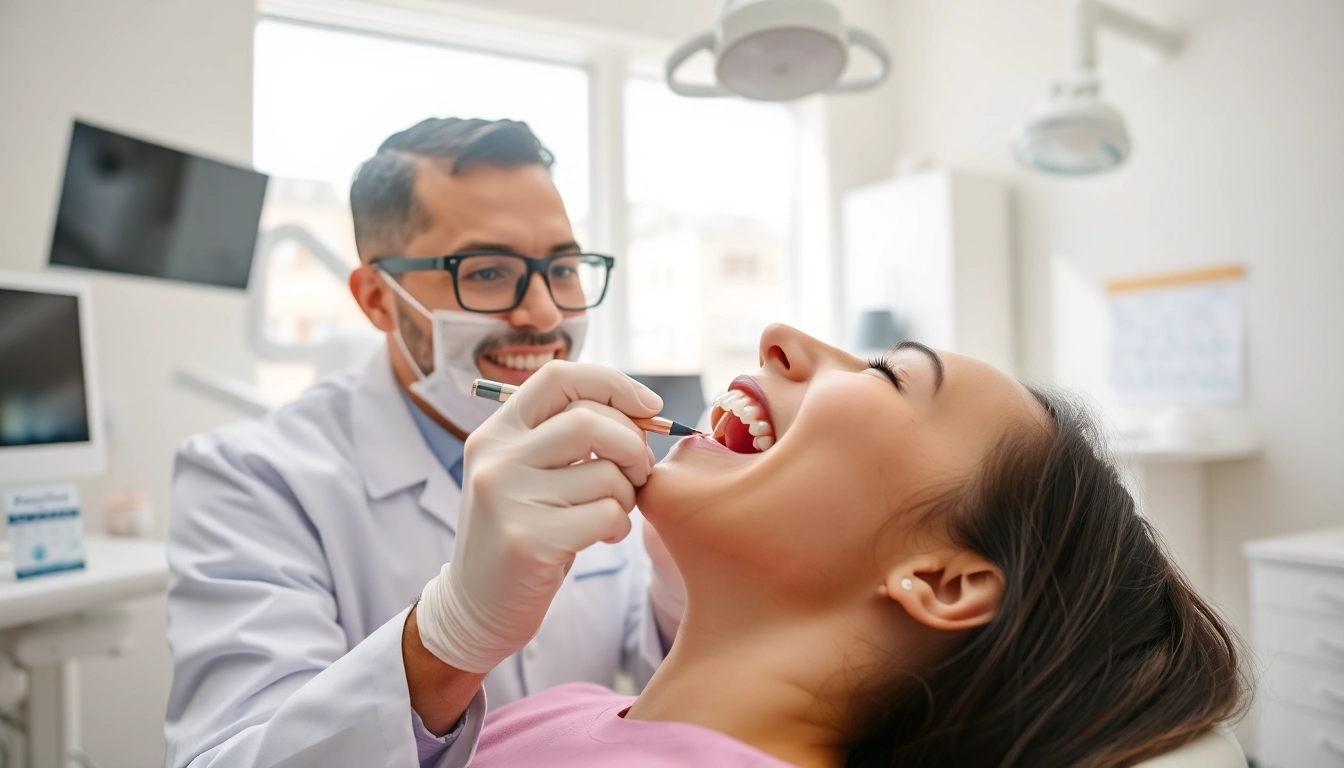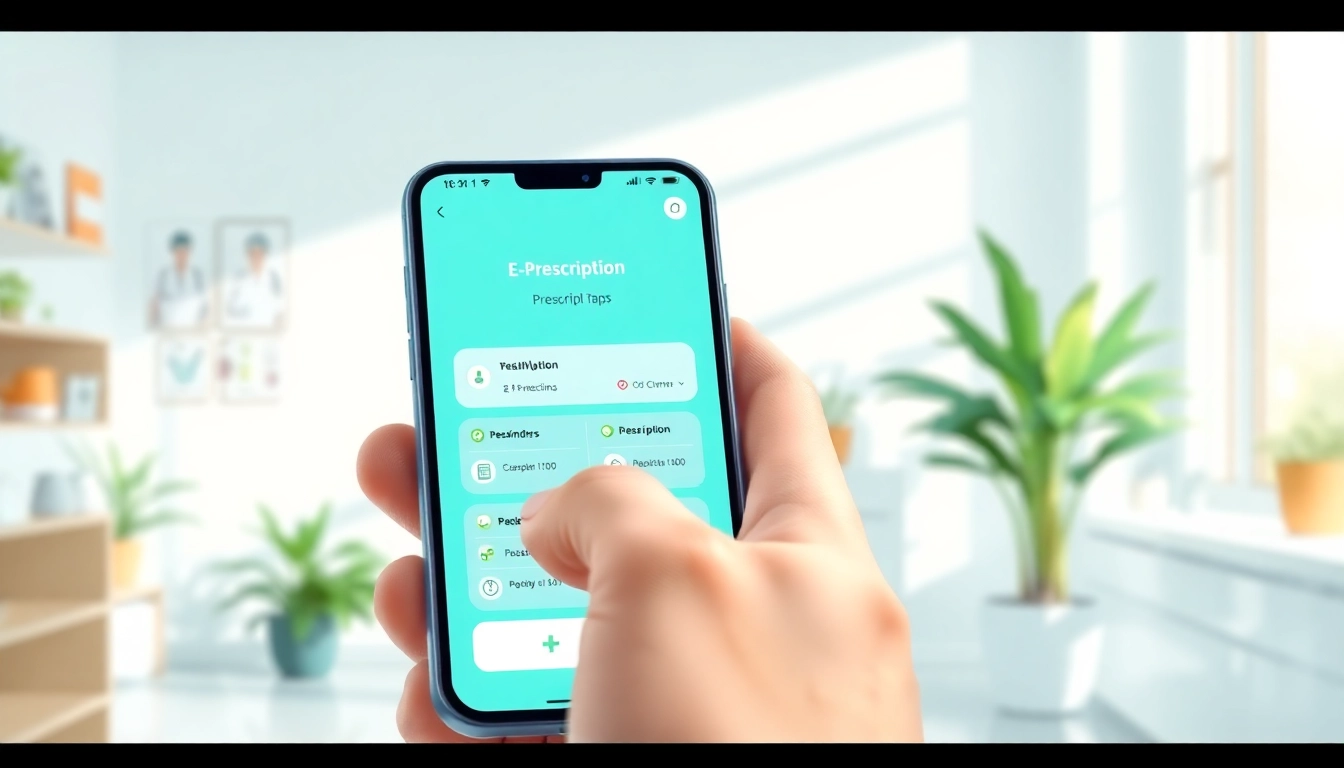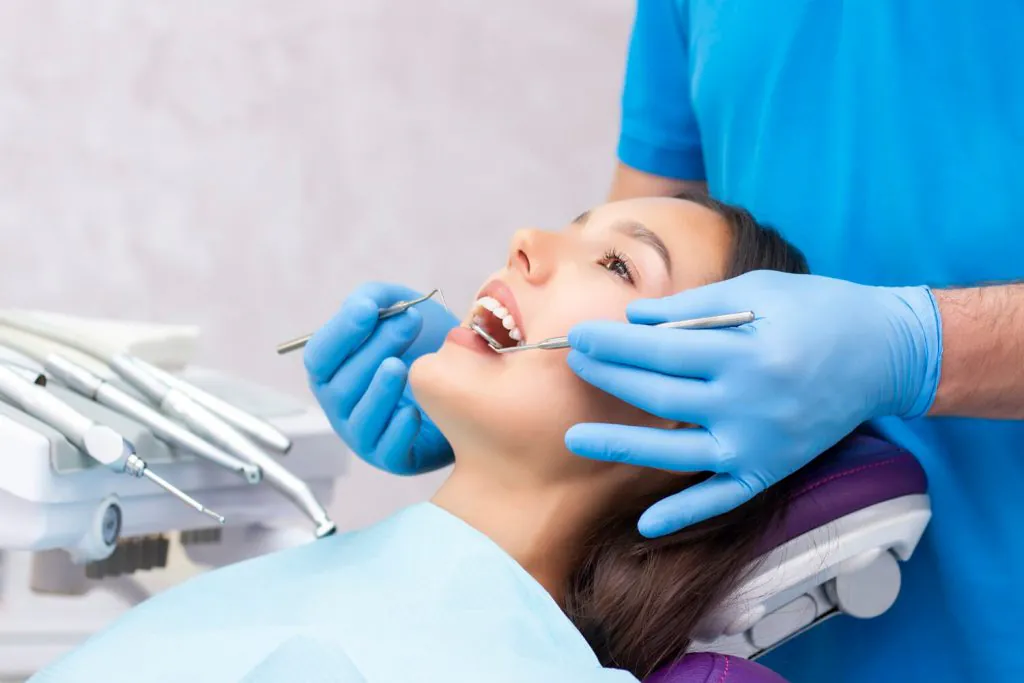1. Introduction to Braces Myrtle Beach
When considering orthodontic treatment, braces Myrtle Beach quickly becomes a popular topic among residents seeking to enhance their smiles. Braces are not just a cosmetic enhancement; they are a crucial part of dental health for many individuals of all ages. In this comprehensive guide, we will delve into the world of braces, looking at their benefits, types, the process of obtaining them, and how to care for your braces effectively.
1.1 What Are Braces?
Braces are dental appliances that are used to correct misaligned teeth and jaws. They consist of three main components: brackets, archwires, and bands. The brackets are attached to the teeth using a special adhesive, archwires connect the brackets, and bands go around the molars to anchor the system. These components work together to apply gentle pressure to the teeth, gradually moving them into proper alignment.
1.2 Why Consider Braces Myrtle Beach?
Choosing braces involves several considerations beyond aesthetics. Here are key reasons to explore braces in Myrtle Beach:
- Improved Oral Health: Misaligned teeth can lead to hygiene challenges, increasing the likelihood of tooth decay and gum disease. Braces can help ensure that teeth are properly aligned, making them easier to clean.
- Enhanced Self-Esteem: A straight smile can significantly boost confidence. Many clients report improved self-esteem after orthodontic treatment.
- Long-term Investment: Correcting alignment issues reduces the risk of future dental problems, making braces a worthwhile investment in your health.
1.3 Common Myths about Braces
Several misconceptions about braces persist, creating hesitance among potential patients. Here we debunk some of these myths:
- Myth 1: Braces are only for children and teens. Truth: Adults can benefit from braces too; the treatment is suitable for all ages.
- Myth 2: Braces only improve appearance. Truth: Braces enhance oral health by correcting functional problems.
- Myth 3: The braces process is overly painful. Truth: Modern braces involve far less discomfort than in the past, with many options available that reduce pain.
2. Types of Braces Available in Myrtle Beach
Choosing the right type of braces is vital, depending on your orthodontic needs and lifestyle. Here’s a look at the common types available in Myrtle Beach:
2.1 Metal Braces
Metal braces are the most traditional form of orthodontic treatment. Made from high-grade stainless steel, these braces are durable and effective in treating complex alignments. They consist of metal brackets attached to the teeth and connected by wires. Metal braces are often more noticeable than other types, but they are also more affordable and effective for severe misalignments.
2.2 Clear Aligners
Clear aligners are a popular option for those looking for a more aesthetically pleasing treatment without the visibility of traditional braces. Made from a translucent thermoplastic material, these aligners are custom-fitted and are almost invisible when worn. They are removable, which allows for easier cleaning and eating, making them a preferred choice for adults and teens alike.
2.3 Lingual Braces
Lingual braces are a unique option wherein the brackets and wires are placed on the back of the teeth, making them invisible from the front. This option is effective for people who want to maintain a natural appearance while undergoing treatment. However, adjustments may be slightly more complex, and there can be a period of adjustment to the feeling of having braces on the back of the teeth.
3. The Process of Getting Braces Myrtle Beach
Understanding the steps involved in the braces process can ease anxieties for many patients. Here’s a breakdown of what to expect:
3.1 Initial Consultation Steps
The journey begins with an initial consultation. During this visit, the orthodontist will assess your teeth and mouth through examinations, X-rays, and possibly photographs. This assessment will determine whether braces are necessary and which type is best suited for your needs. You will also have the opportunity to discuss any concerns or questions about the treatment.
3.2 Treatment Planning and Customization
Once the assessment is complete, the orthodontist will create a personalized treatment plan. This plan will include the type of braces and the estimated duration of treatment. Advanced technologies may be used to simulate the expected results, giving you a clearer idea of what to expect.
3.3 Regular Check-ups: What to Expect
After getting your braces on, regular appointments will be necessary, typically every 4 to 8 weeks. During these visits, the orthodontist will make adjustments to the wires and brackets, applying gentle pressure to guide the teeth into position. Each appointment is crucial for continuing progress. You should anticipate some discomfort following adjustments, but this usually subsides within a few days.
4. Caring for Your Braces Myrtle Beach
Proper care is essential for effective treatment and to ensure oral health while undergoing orthodontic care. Here are key care guidelines:
4.1 Dietary Considerations
When you have braces, certain foods should be avoided to prevent damaging the braces or hindering progress. Hard foods like nuts, popcorn, and hard candies can bend wires or break brackets. Sticky foods, such as chewing gum, can also pose challenges. Opt for softer foods and cut tough items into smaller pieces to make chewing easier.
4.2 Oral Hygiene Practices
Maintaining excellent oral hygiene is crucial while wearing braces. Brushing after every meal is essential, and using a soft-bristle toothbrush along with fluoride toothpaste can help keep teeth clean. Flossing can also be more challenging, so consider using floss threaders or orthodontic floss to reach between braces effectively.
4.3 Dealing with Common Discomforts
Experiencing discomfort when you first get braces or after adjustments is normal. Over-the-counter pain relief medications can help when necessary. You may also find it useful to rinse your mouth with warm saltwater to ease soreness and reduce inflammation. If discomfort persists or worsens, consult your orthodontist promptly.
5. Aftercare and Retention
After the braces come off, maintaining your new smile is just as important. Here’s how to safeguard your oral health post-treatment:
5.1 Post-Treatment Care
Once your treatment is complete, your orthodontist will provide specific care instructions for your newly aligned teeth. This phase often includes follow-up appointments to monitor your progression and ensure that your teeth are stabilizing in their new positions. It’s a critical time to maintain rigorous oral hygiene habits and visit your dentist regularly.
5.2 Importance of Retainers
Retainers are an essential component of orthodontic care, serving to maintain the teeth in their new positions after braces are removed. Your orthodontist will determine the duration for which you need to wear the retainer, which may be full-time initially and then gradually reduce to nighttime wear. Neglecting to wear your retainer can lead to teeth shifting back to their original positions, undoing your hard work.
5.3 Long-term Oral Health Benefits
Investing in braces and following through with treatment significantly enhances your overall oral health. Not only do straight teeth make it easier to maintain hygiene and reduce decay risks, but they also positively impact your bite and jaw alignment. Addressing orthodontic issues can eliminate ear pain, jaw clenching, and even headaches, leading to improved quality of life.



